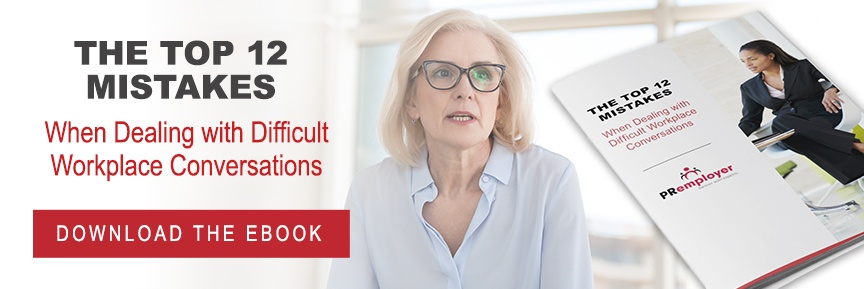
The American Payroll Association recently released their Understanding Payroll series, so let’s take this moment to review some payroll basics.
Items Withheld from Your Pay
Several things are withheld from your pay. These are split into pre-tax (meaning you are taxed on your pay after them) and post-tax. Here are the most important:
- Federal income tax: The amount of tax your employer will withhold and pay on your behalf is determined by your W-4. It's important that employees have the right amount withheld. If you don't provide a W-4, your employer must withhold the maximum tax amount. For some people, it's a good idea to withhold a little more. A new W-4 can be turned in at any time if you have reason to change your withholding, such as if you are welcoming the birth or adoption of a child.
- State income tax: Most states collect income tax and unless you live in one of the few states that do this will also be withheld. In some states, they use the W-4, in others, you will have to fill out a state form. In a few jurisdictions, you may also have to pay a local income tax.
- Employment taxes, such as social security and Medicare. This is 7.65% from the employee and 7.65% from the employer, although occasionally it changes. There's a maximum amount on these taxes, but almost everyone has to pay them.
- Pre-tax deferments, such as tax-deferred retirement plans and money put into a HSA or FSA.
There may be other deductions, such as child support, but these apply to a small number of people.
Understanding Your W-4
The W-4 form can be somewhat complicated. W-4 is used to claim an exemption from federal income tax withholding (very few people can do this). You need to take into account all of your household income, including your spouse's if you are filing jointly. You should also take into account your filing status. Don't forget the head of household; this is for people who aren't married but have dependents and is most often used by single parents.
You must submit a new W-4 within 10 days if something increases the amount of withholding. For example, if your spouse has been staying home with the children but is getting a job now your youngest is in school, or if one of your children grows up and moves out. You can file a new W-4 if life changes reduce the amount of withholding, such as the birth or adoption of a child. You can't make changes in advance, including for marital status or because you changed your name.
Understanding Your W-2
Every year, you will get a W-2 Wage and Tax Statement which tells you how much you were paid and how much your employer withheld in taxes. Most companies still provide print W-2s, but there is a move to issue them electronically. When you get your W-2 you should review it right away. You want to ensure its accuracy since your W-2 is used to file your federal and state income tax returns.
Common W-2 mistakes include a typo in your name or social security number or errors in withholding.
How You Get Paid
The majority of companies have stopped issuing checks. Payment is primarily made by direct deposit, but some companies use pay cards, a kind of prepaid reloadable card that your wages are transferred to automatically. This is an option for people who don't have a bank account.
If you are being paid by direct deposit, you will still get a pay stub. You should still check your pay stub for errors in base pay, hours worked, overtime, etc. Electronic payment is much more convenient than having to cash checks, especially since you’re always able to find your pay stubs by logging into the employee portal. That way, you’ll always be able to find them and won’t need to stress about keeping track of them for taxes.
Overtime and FLSA
The last thing we'll talk about is overtime. Unless you are exempt from overtime, your employer is required to pay you 1.5x your normal base rate of pay for all hours worked over 40. Some states have stricter rules, in which case the stricter rule applies.
Exempt employees may not have their pay docked for missed time at work unless they are taking unpaid time off. Generally, this means your employer shouldn't dock your pay for less than a day's absence unless it's covered by the FMLA. They may, however, ask you to take leave.
If you want to learn more about payroll, check out the full eBook from the American Payroll Association. It goes into all the things you need to know to understand your pay stub and know your rights as an employee.

